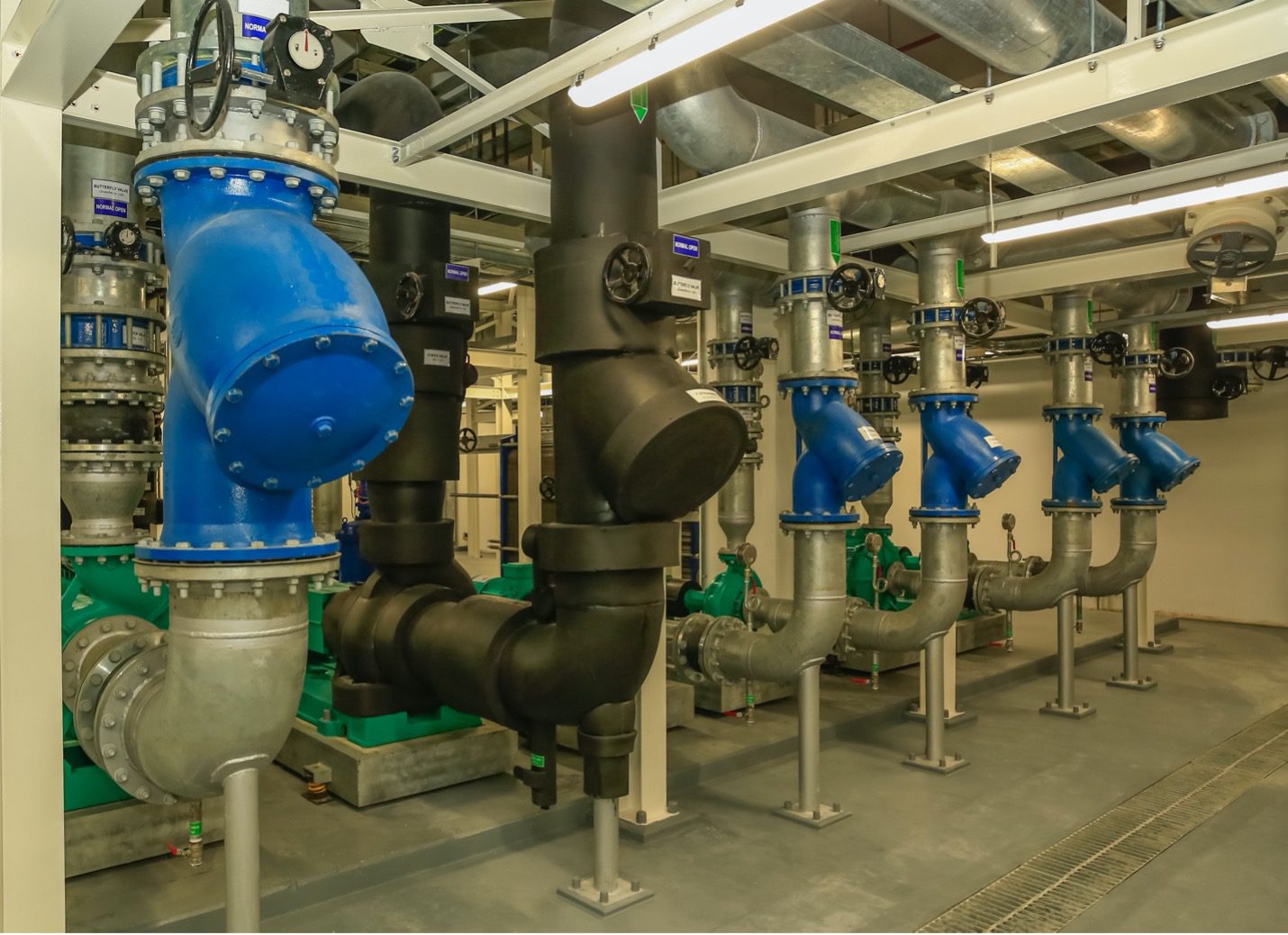
Over the last decade, the strainer industry has made tremendous progress in terms of strainer monitoring technologies. With the strainers themselves becoming more efficient and compact while embracing innovative new materials and designs, strainer monitors have kept pace in this fast-changing environment.
What is Strainer Monitoring?
Under normal operating conditions the differential pressure across a strainer is zero. Over time, debris from the media accumulates, restricting flow within the process and increasing the differential pressure. Eventually, a clogged strainer will put unnecessary stress on pumps and compressors. A strainer monitor issues a warning when the pressure drop across the strainer exceeds optimal operating limits. This warning is issued well before dangerous over-pressure conditions occur. With strainer monitoring, an operator can quickly and easily identify where problematic conditions exist and take preventative action.
Industries that Employ Strainer Monitoring
Food Production
Food production plants of all kinds require the ability to remove solids from the main liquid. Depending on the source of the liquid, the solids may be as big as stray plant stems or as small as mineral particles. Multiple strainers are used in food production applications, requiring state-of-the-art strainer monitoring as a compliment.
Power Generation
The power generation industry requires water to be filtered after ion exchange to protect the equipment used in downstream processes. Industrial basket strainers and process strainers make it possible to do this while keeping up with the demands of large power plants.
Irrigation
Large farms utilize industrial strainers to keep sand, rocks, and other foreign objects from getting into sensitive pump parts. This allows them to use water sources like on-site ponds and catchment basins to supplement or meet their irrigation filtration needs.
Automotive Fluid Production
Cars and trucks need a wide variety of fluids to keep running well, and all of them must be free of contaminants at the time of installation to avoid damage to sensitive parts. Makers of motor oil, antifreeze, transmission fluid, and brake fluid all must use strainers to ensure that lack of contaminants
Types of Strainer Monitoring Equipment
Traditional Differential Pressure Sensors
Ideal for applications where pressure drop across a strainer is significant, as opposed to very small pressure differences.
Microthermal Differential Pressure Sensors
Allow for a small flow of liquid through the sensor, which is then measured to determine the pressure difference. Offer exceptional long-term stability and a high degree of accuracy even in applications featuring low differential pressures.
Flow Sensors
Precise microthermal technology that measures both the pressure drop and the liquid flow. This determines the changing pressure in the strainer about the liquid flow.
Industrial Monitoring Solutions in the Midwest
As one of the leading providers of differential pressure gauges for industrial monitoring solutions in the Midwest, Mid-West Instrument is the company to trust for all of your strainer monitoring needs. Whether your industry is hydraulic, irrigation, power generation, or a different field, contact us today and we’ll help you choose the perfect industrial strainer monitor for your needs.

